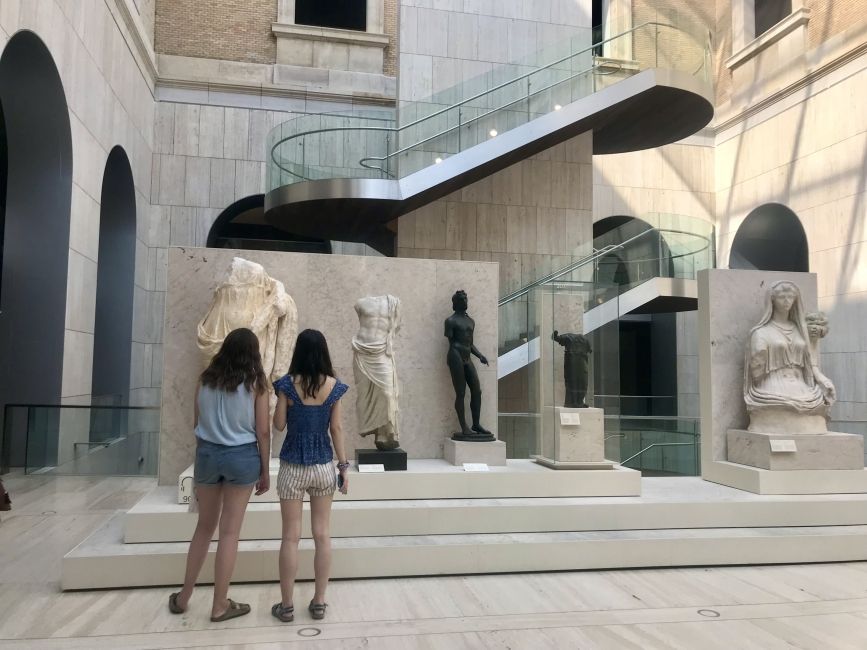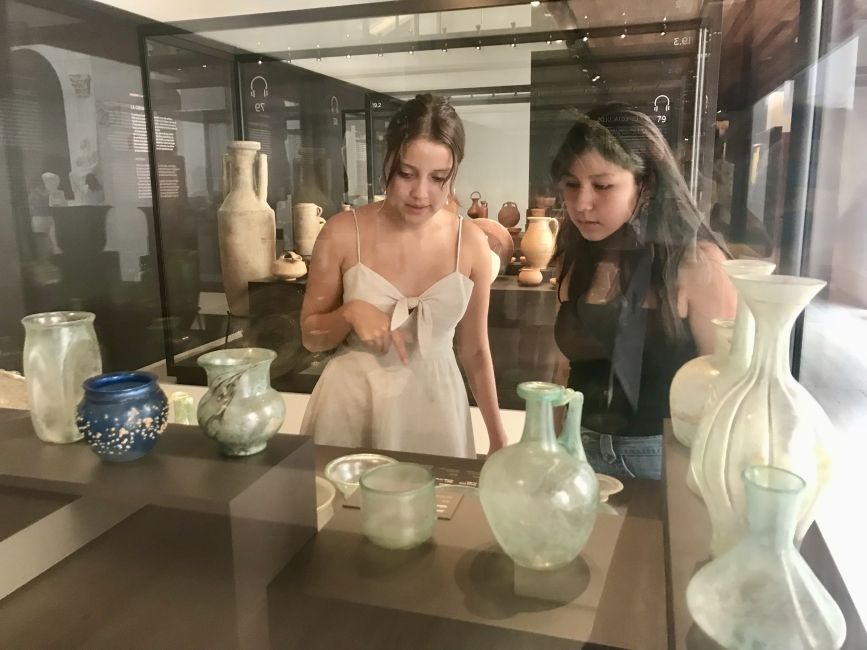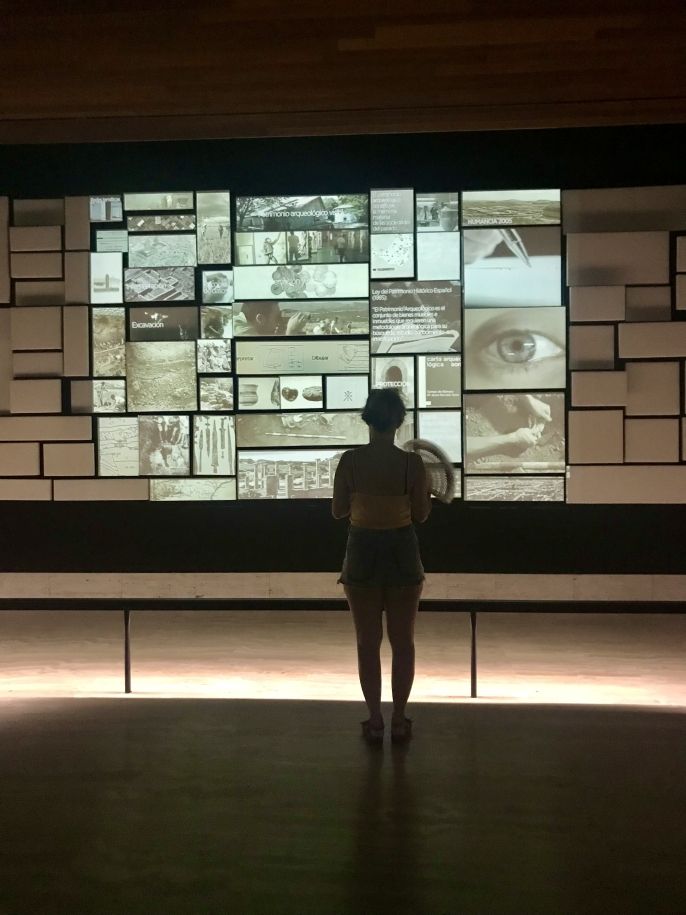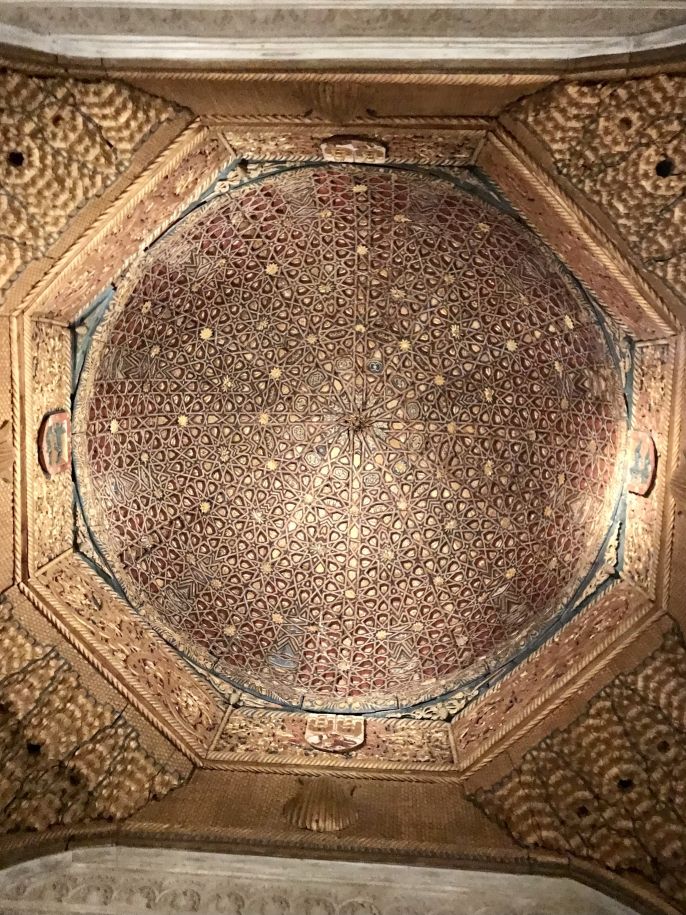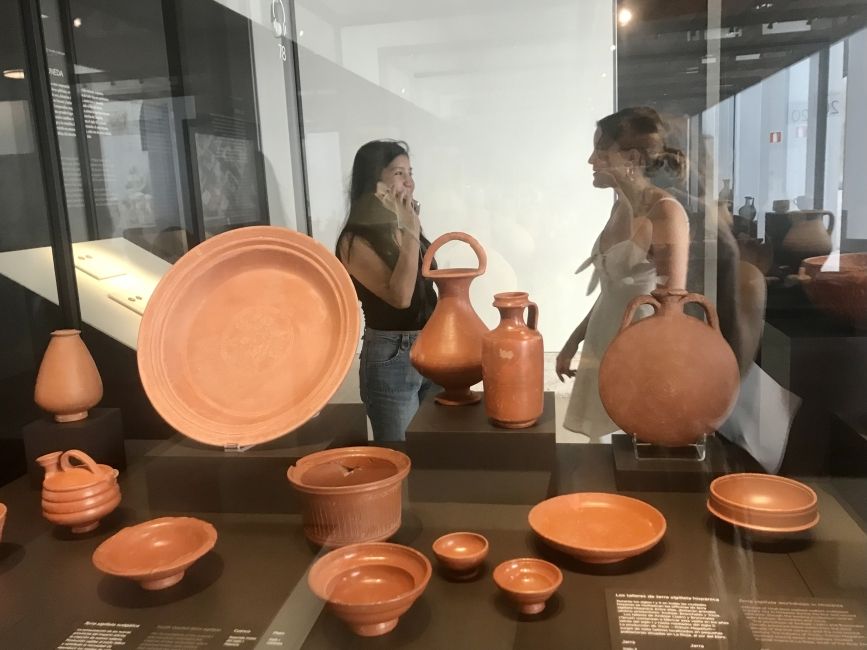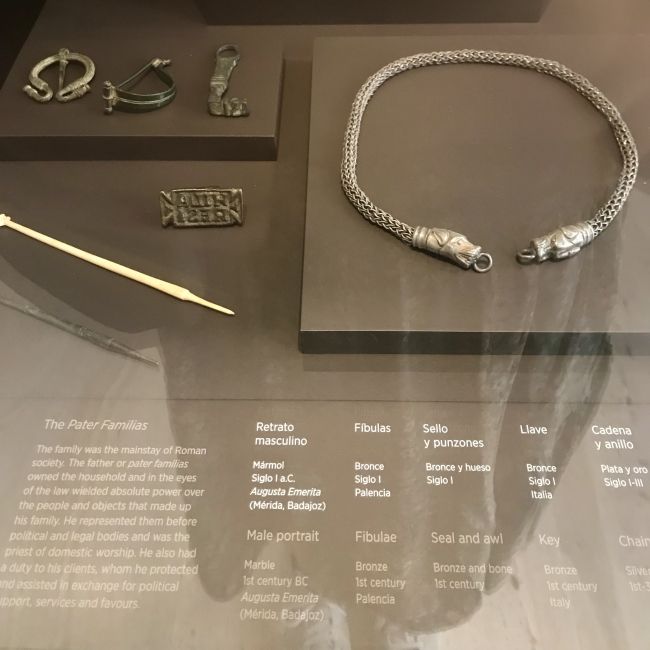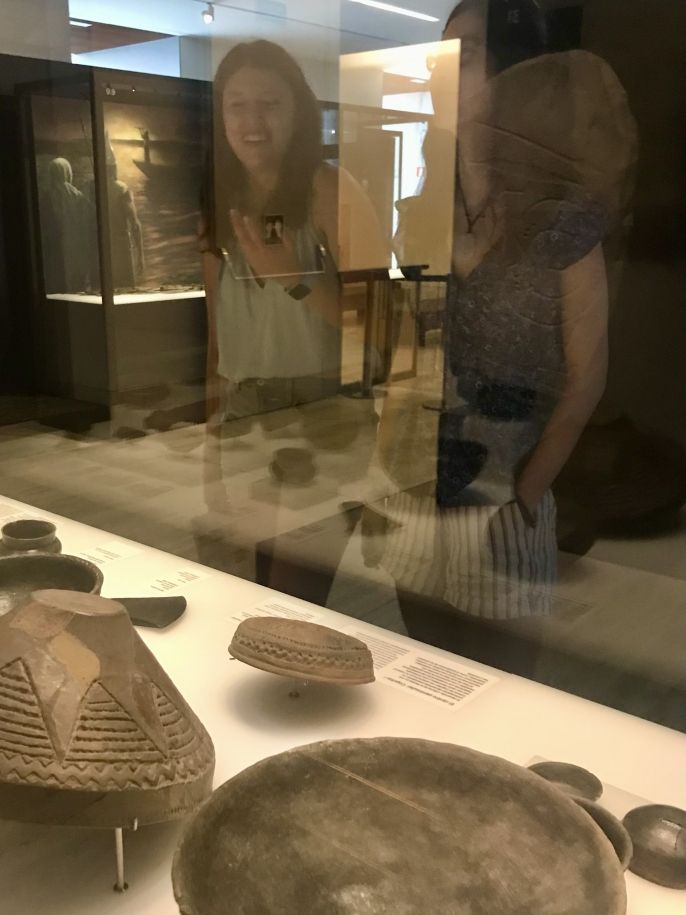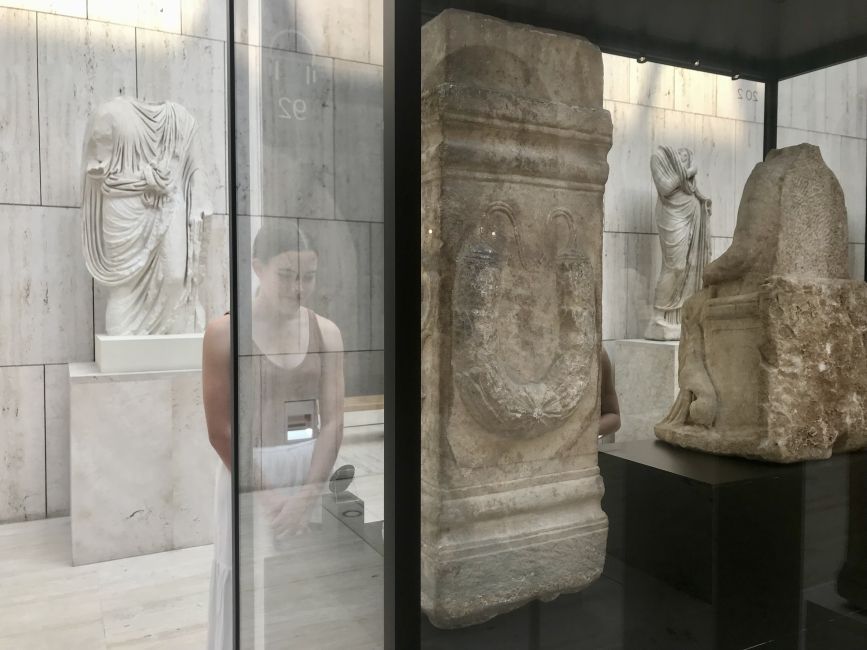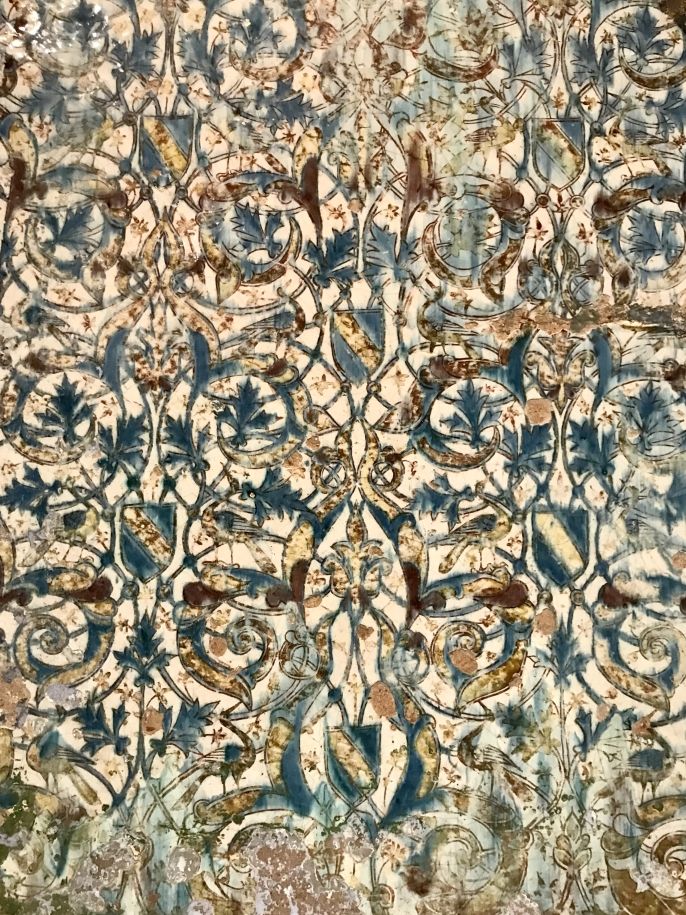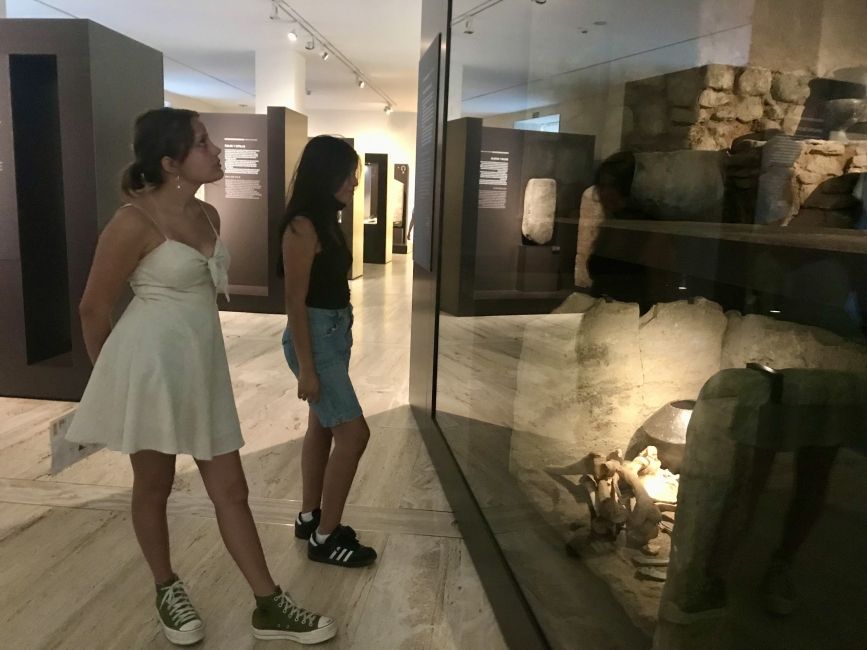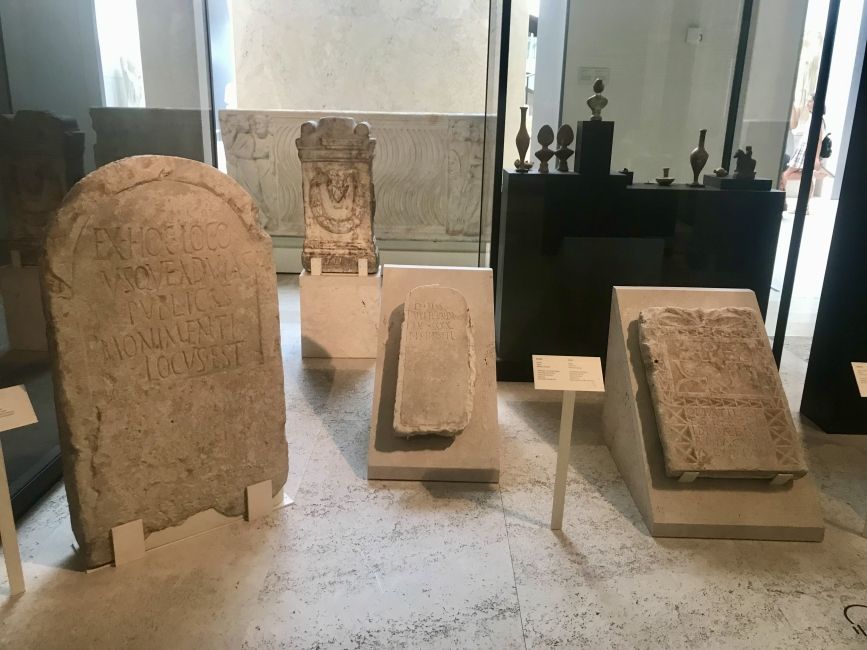Digging up Knowledge at the National Archaeological Museum
Museums and rainy days have long gone hand in hand, but under the blazing madrileño sun, we wonder if it's time to revisit their purpose. Perhaps Madrid's array of top-notch museums, boasting both priceless treasures and potent air conditioning, are actually best suited for summer studies!
This past week, students took a respite from the July heat in the form of a visit to the monumental Museo Arqueólogico Nacional de España--in English, the National Archaeological Museum of Spain. We were almost instantly transported to another era or two; the museum currently houses prehistoric, protohistoric, and medieval exhibitions, among others. (If your appetite's already been whetted, you can take a virtual tour of the museum here.) Students embarked on a hunt for interesting facts in Spanish to share with the group among the impressive jewelry, pottery, skeletons, mosaics, and statues on display.
On another floor, I tasked the students with choosing the object from the museum that they would be most interested in owning and why. After discussing the museums' coolest objects, we made a list of vocabulary in Spanish that had been learned that day through the museum displays. Yacimiento (archaeological site), joyas (jewelry), flechas (arrows), arqueología (archaeology), and esqueleto (skeleton) counted among the examples.
One of the coolest aspects of studying in a cosmopolitan European capital is the chance to learn Spanish, world history, and more via hands-on experiences. Visiting world-class museums just like this one is a simple matter of hopping on a subway ("metro") or bus with our all-inclusive transport pass. With three weeks left in the program, we're eager to see what other vocabulary, information, and incredible experiences students will dig up along the way.
Related Posts
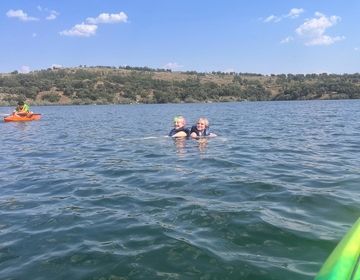
Segovia - Where History Meets Adventure
Read on to find out about castles, kayaks, and culture!
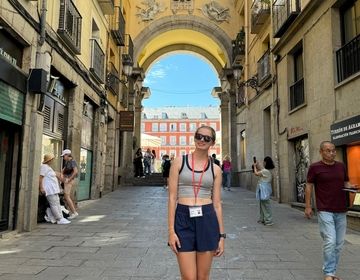
Bringing Madrid Home: How to Infuse Your Wardrobe with Summery Spanish Flair
This week Global Navigator Kate Hutchinson is going to teach us about her experience with fashion in Madrid!! Here is what Kate has learned this month: From colorful patterns to... keep reading
¡Vamos a la Playa! A Weekend Getaway in Valencia
In true Spanish fashion, we escaped to the Mediterranean city, Valencia. At around 12:30 pm after class, we set off to the east of Spain! The students were so excited... keep reading
